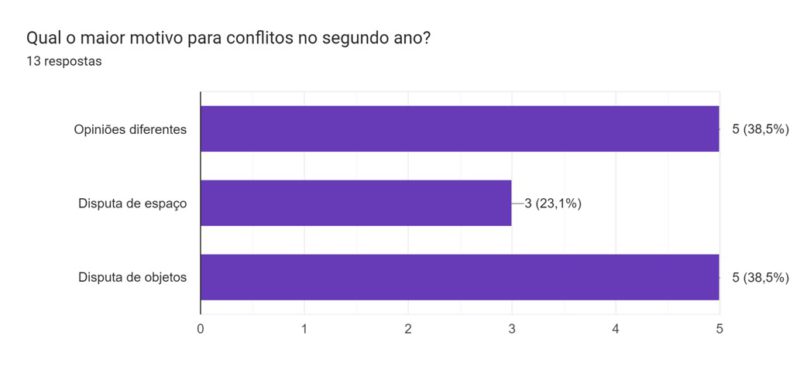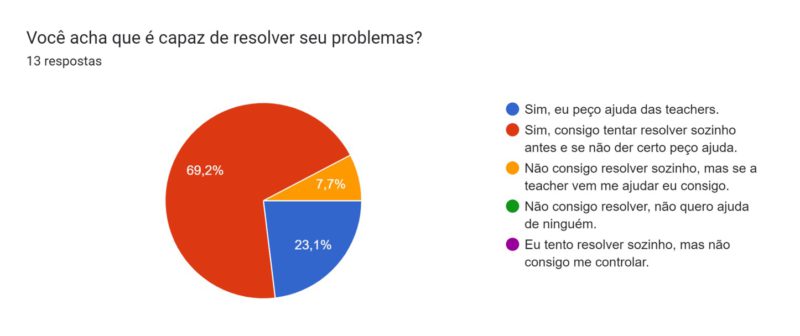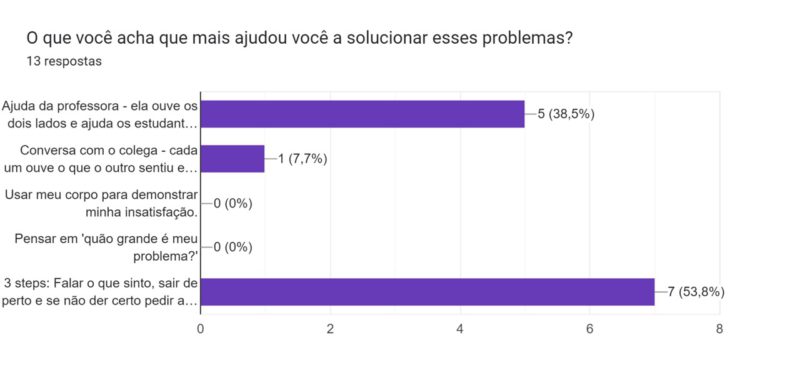Conflict resolution and its implications on the school routine
What are the most efficient ways to deal with conflict resolution in second grade?
General topic of interest
Teachers often have a wide range of strategies to help students with conflicts. Each age group and every class has its own peculiarities and most of the times teachers will sort through these strategies by trial and error. Nevertheless, second grade students are in this phase where they are still developing their maturity but we also want them to feel empowered to reflect upon their choices and be part of these conflict resolutions. This study aimed on presenting a few strategies to students and measure how much they incorporated them into their routines and thus, helping teachers with more information on efficient strategies.
Participants
Second grade students Concept Ribeirão
Literature Review
One of the strategies discussed was how to implement habits of mind into conflict resolution: https://www.habitsofmindinstitute.org/restorative-discipline-using-habits-of-mind-to-resolve-conflict-and-restore-relationships/
Data collecting approach
3 different approaches: - Mini teacher led assemblies, how big is my problem and 3 steps. The first consists in the teacher as a mediator, each child says what happened in their point of view, the teacher makes questions to reassure they were heard correctly. After each child states their own point of view we then come up with a "I will" sentence based on an action that they want to take after the conflict. The second strategy was brainstorming common problems in the class and sorting them into a scale from not urgent to very urgent and establishing the things they could try solving by themselves, with peer help or only with teacher help. The last one consisted in following the 3 steps: I state my feelings, I move away and finally ask for help.
Data collection tools/resources
Using checklists, forms and drawings we want to collect data on three approaches presented.
Emerging results
After all the documentation we established that mini assemblies was the most reliable and effective tool for conflict resolution. When sorting problems with the help of teachers students could effectively make safe choices, but when they needed to take action often chose inappropriate behavior without the mediation. The same happened with the 3 steps as they often do not state their feelings, they just say "stop" and it ended up leading to physical problems in most of the times. The mini assemblies brought a sense of everybody's heard and it gave them time to de escalate. The only problem was the amount of time dispensed for this type of strategy. It would usually take around 30 minutes for each case and we had at least 3 cases a day. That said, it takes a lot from classroom instruction and even when the TA was the leader the students involved would be out of class and the whole class would be with only one teacher, thus affecting classroom instruction as well. The use of strategies did not impact on how often they would happen, they continued having the same conflicts.
Reflections
The question that lingers is how to actually decrease the conflicts. In that way, classroom management would improve and instruction time would be better used.







